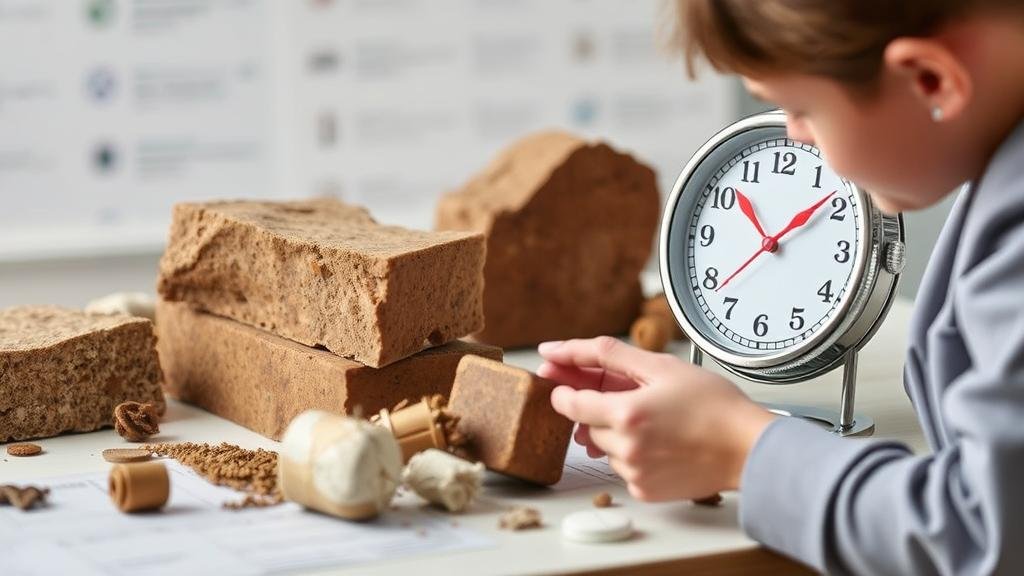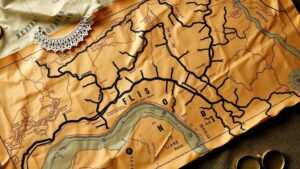How to Combine Time-Period Context With Logical Artifact Searches
How to Combine Time-Period Context With Logical Artifact Searches
In the fields of archaeology and history, successful artifact searches hinge not only on methodological techniques but also on a deep understanding of temporal contexts. By combining time-period context with logical thought processes during artifact searches, researchers can maximize their findings and enhance the overall interpretation of their discoveries. This article delves into the principles of contextual analysis and artifact search methodologies, providing actionable insights, case studies, and examples.
The Importance of Time-Period Context
Time-period context refers to the specific historical, cultural, and temporal circumstances under which an artifact was created, used, or discarded. Understanding this context is crucial for interpreting an artifacts significance and utility. The relevance of time-period context can be illustrated through the concept of stratigraphy, which involves the analysis of soil layers that reflect different historical periods.
For example, consider the excavation of a site where pottery from the Classical Greek period is discovered alongside items from the Roman period. If a researcher does not recognize the indicators of these distinct time frames, they risk misinterpreting the sites chronological sequence and the cultural interactions that may have occurred. Such an oversight can impede an accurate understanding of historical human behavior.
Logical Approaches to Artifact Searches
Logical artifact searches involve employing systematic methods to ensure a rigorous and consistent approach in locating and identifying artifacts. Some primary logical approaches include:
- Hypothesis Formation: Start with a well-defined hypothesis based on initial research and historical context.
- Source Analysis: Investigate relevant historical documents and previous studies that may guide the search.
- Field Methodologies: Use standardized techniques like grid excavation or survey sampling to systematically uncover artifacts.
For example, in the search for Viking settlements, researchers have utilized historical texts combined with logical methodologies. The Icelandic sagas provided narratives indicating potential settlement locations, while systematic archaeological surveys were conducted to confirm the presence of artifacts consistent with Viking culture.
Integrating Time-Period Context and Logical Searches
Integrating time-period context with logical artifact searches involves a cyclical process of research, fieldwork, and analysis. following steps outline how to effectively meld these two elements:
- Research Historical Background: Before fieldwork, it is essential to gather data about the specific time-period you are investigating. This may include studying cultural practices, economy, social structures, and regional influences.
- Develop Search Parameters: Based on your historical research, define search parameters that include geographical bounds and types of artifacts expected for the given time frame.
- Analyze Collected Artifacts: Once artifacts are recovered, analyze them in conjunction with their contextual background. This includes looking for artifacts that share technological characteristics indicative of a specific time or culture.
An exemplary case is that of the excavation of Neolithic sites in Europe, where researchers combined knowledge of the agrarian lifestyle of the time with logical searches around fertile valleys. used this integrated approach to locate tools and evidence of food production, thus enriching the narrative of early human settlement patterns.
Real-World Applications of Combined Methodologies
Several significant archaeological successes illustrate the effectiveness of integrating time-period context with logical artifact searches:
- Pompeii Excavation: The systematic excavation of Pompeii has showcased how grounding searches in historical periods can reveal urban organization, social life, and disaster impact, helping to preserve the city’s narrative as a time capsule of Roman life.
- Colonial American Archaeology: Archaeologists exploring colonial sites in North America frequently employ the same strategies, using historical texts indicating settlement patterns, which guide logical surveys revealing artifacts that tell stories of daily life and cultural adaptation.
Actionable Takeaways
To wrap up, combining time-period context with logical artifact searches enhances archaeological and historical research significantly. Researchers should take the following steps to apply these principles effectively:
- Always begin with comprehensive historical research before conducting artifact searches.
- Use systematic methodologies in the field, maintaining consistency in data collection.
- Regularly consult interdisciplinary works to enrich understanding of complex time-period contexts.
By strategically merging contextual knowledge with logical search techniques, researchers can uncover stories woven into the fabric of human history, leading to richer interpretations and a deeper understanding of our past.


